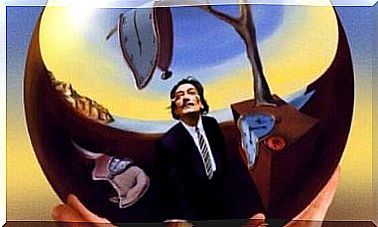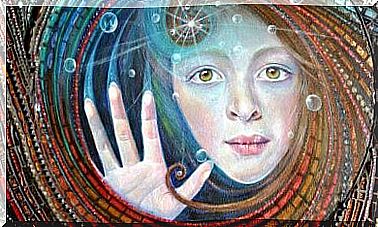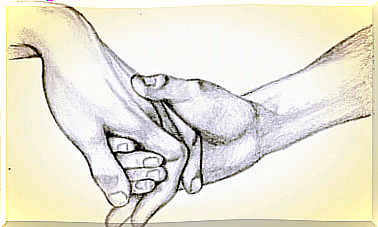Consciousness Seen From A Neuroscientific Perspective
Consciousness has always been a controversial topic, which is difficult to investigate. Many people of the 20th century, systematically rejected research on consciousness, both in psychological and scientific fields. A big reason for this was that the perspectives in behaviorism required proof of everything. Therefore, they rejected any “mentalistic” terminology. But after some advances in cognitive psychology, there was a new need to examine conscious and unconscious processes.
Consciousness is a construction that is not very easy to define. Although most of us know what it is, there are not many definitions that really get to the heart of how complicated it is.
If we wanted to define it in a simplified way, we would call it the mental capacity to “actively” know what is happening around you and me. Awareness is what gives you the knowledge that you are you, and that you are a part of everything that happens around you.
When you dig deep into the human mind, you realize that we have many unconscious processes. For example, no one tells the heart to beat, or tells the tongue how to move when you speak. We just think about doing these things and they happen.
But just how unconscious or conscious are our processes? What characterizes these processes? What are the neuropsychological foundations of consciousness?
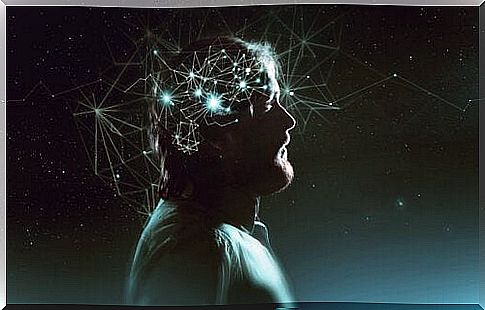
Characteristics of conscious and unconscious processes
The first thing a researcher who wants to study consciousness will ask themselves is how they can measure it. The problem here is that we are talking about something that is impossible to observe directly.
That is why we must take indirect measurements of consciousness. Usually, the easiest way to do this is to get someone to talk about it. There is a rule that almost always works: If they can communicate it to you, they are aware of it.
At one point, researchers also realized that you can send more stimuli to your subjects. Most of the time, they talk about some of them in their feedback, but will not mention others. On top of that, they also saw how even if subjects are not aware of the stimulus, it can still affect their behavior.
An example of this is techniques within pre-exposure. This is basically when you show someone a word, and it makes it unconsciously easier or harder for them to recognize a related word later.
Different levels of consciousness
There are also different levels of awareness you will encounter when it comes to cognitive processes:
- Subliminal processes: When the stimulus is weak or disappears quickly. It never enters your conscious mind. But that stimulus can still affect your behavior, or lead to a different kind of process. We should also mention that not all experts agree that this type of process exists.
- Pre-conscious processes: When the stimuli are strong enough to enter your conscious mind. But in this case, they still do not do it because you do not pay attention to them, so they go unnoticed. An example of this is blindness. It means being blind to very noticeable stimuli because your attention is elsewhere. Here is an interesting video in English that will show you how it works.
- Conscious processes: When the stimulus is strong enough to enter your conscious mind, and you pay attention to it, then it happens. In this case, you receive the information, and you can then actively respond to it.
We would also like to add that these categories are just several levels of the same issue; they are not independent. This means that any process, at any time, can be somewhere between pre-conscious and fully conscious.
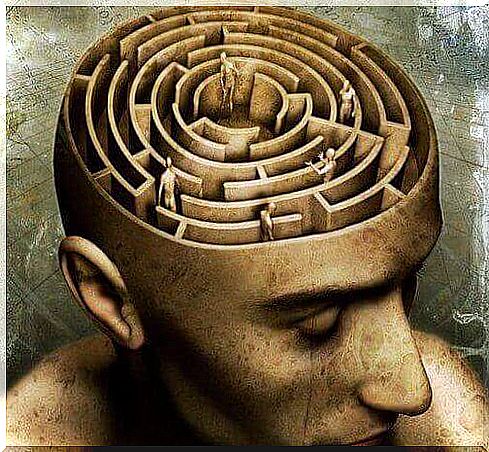
The neurophysiological reasons for consciousness
One of the major questions in the study of consciousness is its relation to biological and neurophysiological processes. Researchers have presented many models of how our conscious processes work, but there are still many questions hanging in the air. Nevertheless, research has identified some structures that may play a role, along with why precise consciousness exists.
The easiest way to study the structures of the brain related to consciousness is to use neuro-imaging tools. That way, you can compare conscious and unconscious processes. The results usually tell us that there is a kind of extra neural activation involved in conscious processes.
What does it really mean?
So, when you switch tasks, the activated areas will also change. It seems that consciousness is not centered around any specific structures. It can actually just be something our whole brain does. According to these studies, it seems that the parts of our brain that are usually activated are our ice and frontal lobes. But you still need to take this information with a pinch of salt.
Let us return to the eternal question: Why do we have consciousness ? Although there is no easy answer, it seems that the most supported theory is that the brain functions as an electrical system with short circuits. In other words, it is like a supervisory process that evaluates our behavior and “short-circuits” any processes where there are errors.
This theoretical system will only address major processes as a way to save energy and to be more efficient. It will also explain why there are different levels of consciousness. Consciousness is a fascinating, mysterious process that has kept scientists, philosophers and neurologists busy for a long time. The more we research, the more we learn about consciousness. But much remains to be learned.


